
How to Be a Nicer Driver
Don't just follow the laws—practice proper road etiquette, too.

Being a good driver isn't just a matter of following the laws of the road. It's also about sharing that road safely with others. Little things such as taking turns and giving thanks—which we all learned as children, but which some of us occasionally forget—are the keys to being a truly good driver. And driving politely is not just about being virtuous for its own sake. "Small efforts in courtesy can yield big reductions in risk for everybody," says William Van Tassel, manager of AAA driver training programs. Here are some ways you can make the road more civilized and less hazardous.
1. Back off.
Lately we've grown accustomed to giving other people ample personal space when we're out and about on foot. That's always been the imperative behind the wheel, yet more than half of U.S. drivers admit to following other vehicles too closely. Tailgating is not only likely to make other drivers nervous or angry, but it's also a leading cause of rear-end crashes.
Leaving room between your car and others gives you enough reaction time in case something unexpected happens. Remember the three-second rule: Keep three seconds of travel time between you and the next vehicle. In adverse conditions such as rain or fog, make it six.
2. Lay off the brakes.
Don't stop in the roadway unless it's absolutely necessary. Slowing to gawk at a crash is especially impolite; rubbernecking is, as the Emily Post Institute puts it, "disrespectful to the victims, a hindrance to those trying to help, and a sure way to cause a traffic backup." As much as possible, keep moving at a steady speed. If you must stop for a hazard ahead, Van Tassel recommends tapping the brake pedal a few times to flash your red lights before fully applying the brakes. "That gives those behind you a heads-up and makes it a lot less likely you'll get hit," he says.

Use your blinker every time you change lanes.
3. Change lanes correctly.
Always use your blinker to signal your intention to change lanes, then turn it off once you've made your move. The highway's left lane should be reserved for passing; once you've overtaken a slower vehicle, move back to the right. In heavy traffic, don't keep changing lanes under the illusion that it'll get you where you're going faster. It won't. However, you really should change lanes when a car is entering the road from an on-ramp in front of you. Move over to give it room—a maneuver Van Tassel calls a courtesy lane change.
4. Stop speeding.
Unless you're driving an ambulance or you have an about-to-deliver mother on board, exceeding the speed limit is illegal and rude. It's also ineffective: Studies show that speeding doesn't save as much time as most people think it does. In addition, it's a factor in one-third of all fatal collisions nationwide. Instead of rushing to arrive on time, leave home earlier. And don't hurry others along. If the driver ahead of you makes an extra-slow turn, don't assume it's out of timidity or incompetence; perhaps there's a baby or other precious cargo in the backseat.
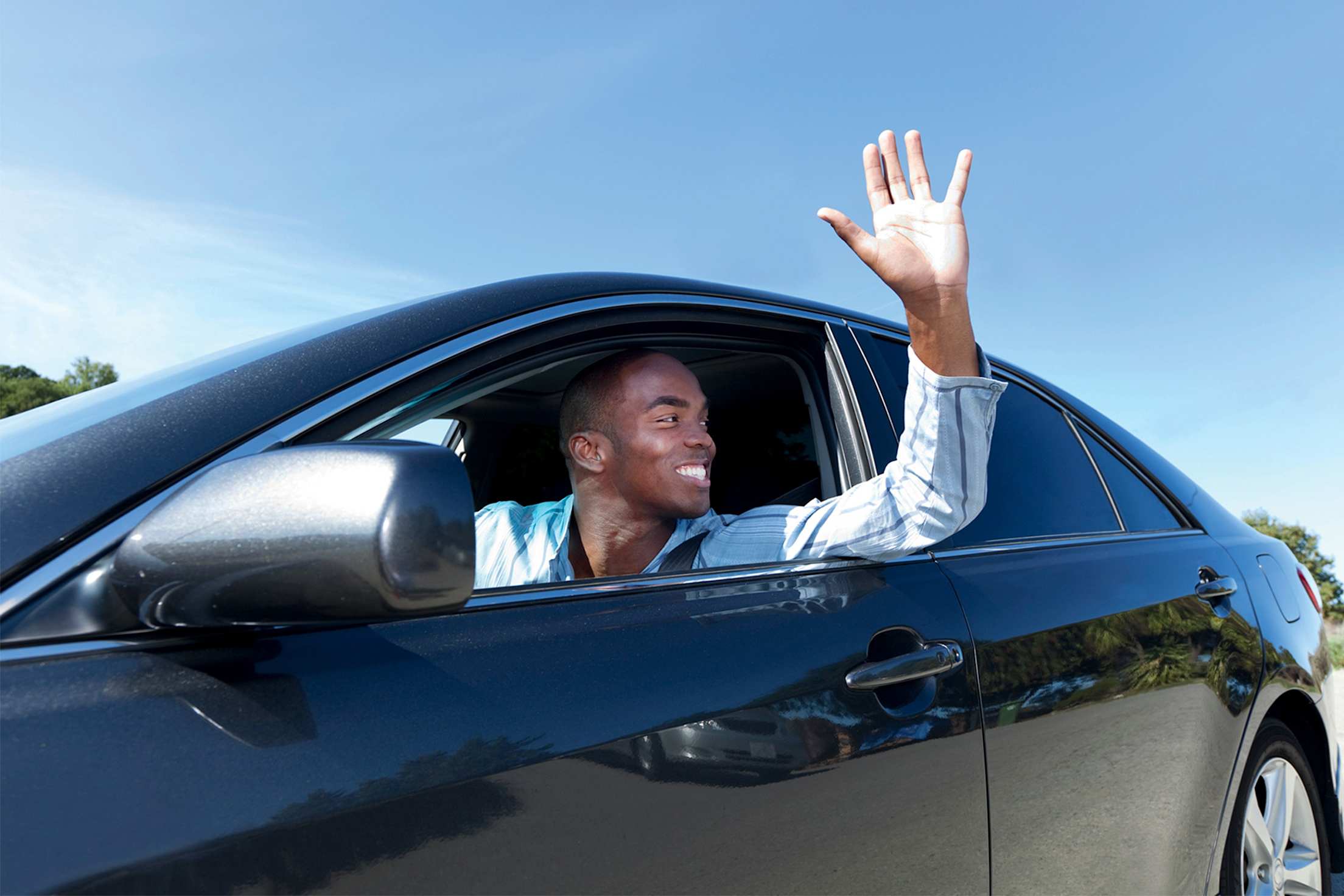
It never hurts to show a little appreciation for other drivers.
5. Give thanks.
Expressing gratitude is as important on the road as it is elsewhere. So if someone lets you merge or does something else to make your drive more pleasant, give her a wave or nod. Got tinted windows? Roll 'em down so the recipient sees your grateful gesture. Like opening a door for someone or smiling at him, these little things can completely change attitudes. And if you can make someone who's operating a 3,000-pound machine at high speed feel better, why not?
6. Consider your passengers.
When you have company in your car, be mindful of your passengers' comfort and safety. Make sure your riders are buckled up before taking off. Ask if they're OK with the temperature and music. On a long drive, check in often to see if anyone needs a break. Be courteous when you're the passenger, too. Pay your share for fuel. If you stop at a gas station, help pump gas or clean the windshield. Don't distract or criticize your driver. Do stay awake, offer to navigate, handle incoming calls and texts, and keep your feet off the dash.
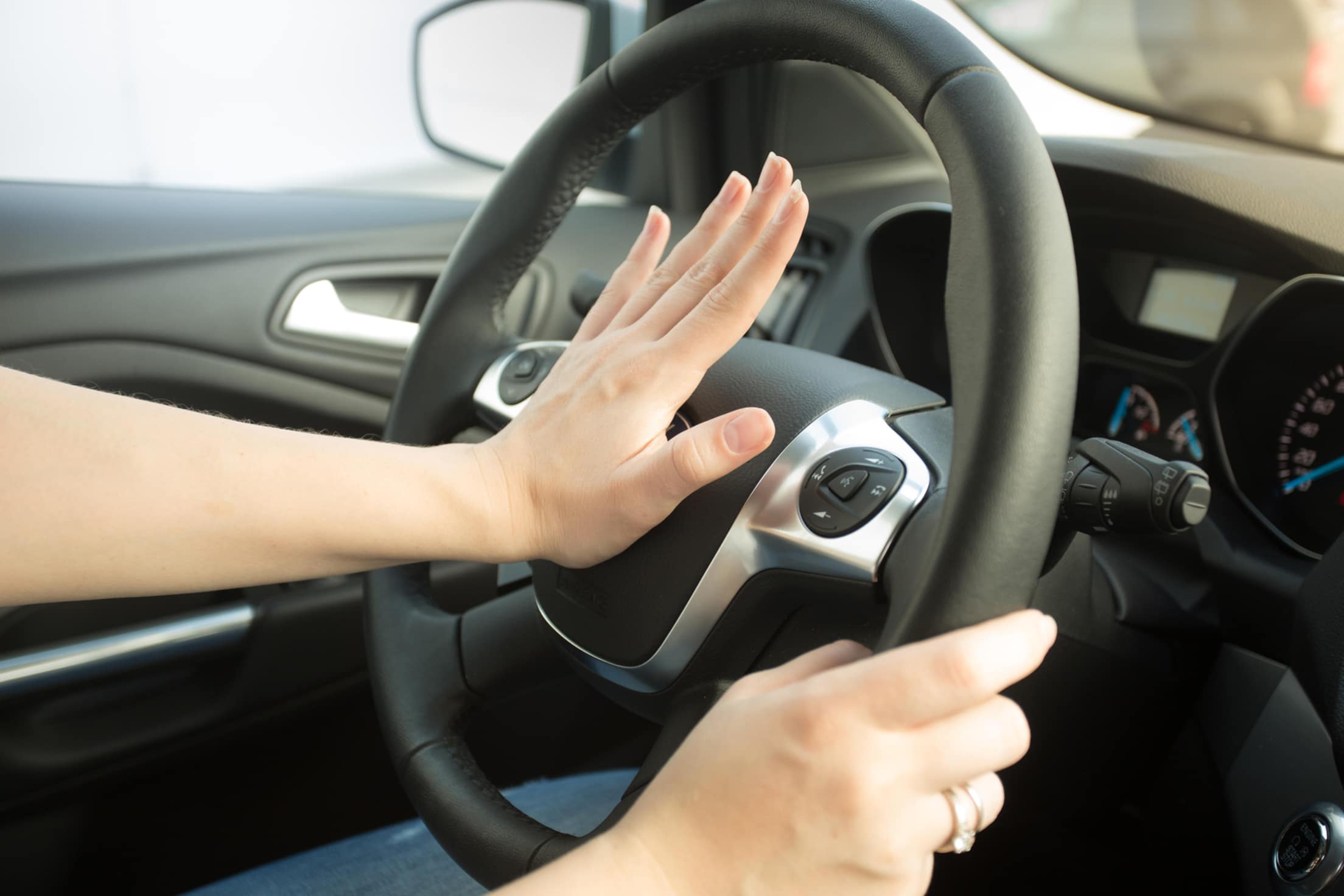
Often, gentle taps can be more effective than holding down the horn.
7. Honk politely.
Your horn is a communication tool, and knowing when and how to use it is crucial. Unfortunately, 45 percent of U.S. drivers honk to display annoyance or anger. Don't honk to intimidate a slow-moving driver or to let someone know that she erred. Instead, use your horn only to alert others to danger or to prevent a crash. You can also sound it on narrow, winding roads. Your horn sounds much louder outside your car than inside, and can be startling, especially if you deploy one long blast. "If you need to use it," says Van Tassel, "a couple of quick taps are usually enough."
8. Communicate.
Don't restrict your communications to thank yous. "The most important aspect of courteous driving," says Van Tassel, "is to acknowledge the presence of other road users." That means being aware of those around you and communicating with them with signals and waves. Eye contact is particularly important: It can help you acknowledge those other drivers, alert them to your intentions, and anticipate their next moves.
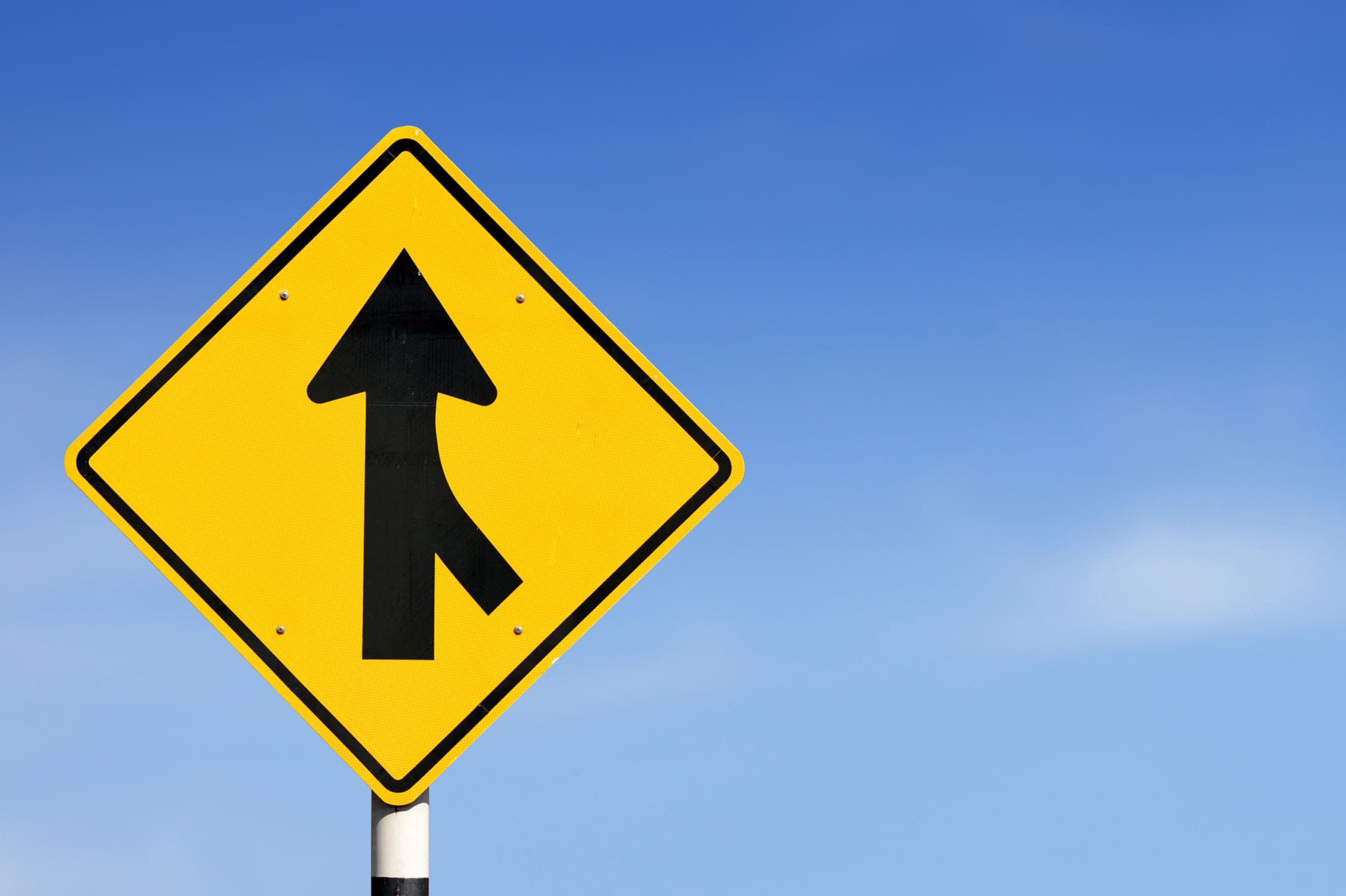
Try the zipper merge using a you-go-I-go sequence.
9. Take turns merging.
When two lanes are turning into one and you have to move over, use the zipper merge: Continue in the lane you're in for as long as possible; then, when that lane ends, take turns merging with cars in the remaining lane in a you-go-I-go sequence. It might feel like you're cutting in—but studies have shown that if everyone used this method, it would reduce congestion and fender benders.
10. Be careful at intersections.
When two or more streets meet, there's always room for error and misunderstanding. Keep a few guidelines in mind when you approach any intersection. First, make sure before you enter it that there's enough space for you on the other side. You don't want to end up stuck in the middle. Second, don't treat a stoplight as an opportunity to look at your phone. You might miss the light change when it happens, which could delay drivers behind you. Finally, don't insist on the right-of-way. Even when it's legally your turn to go, if another driver goes first, take a deep breath and let them pass.
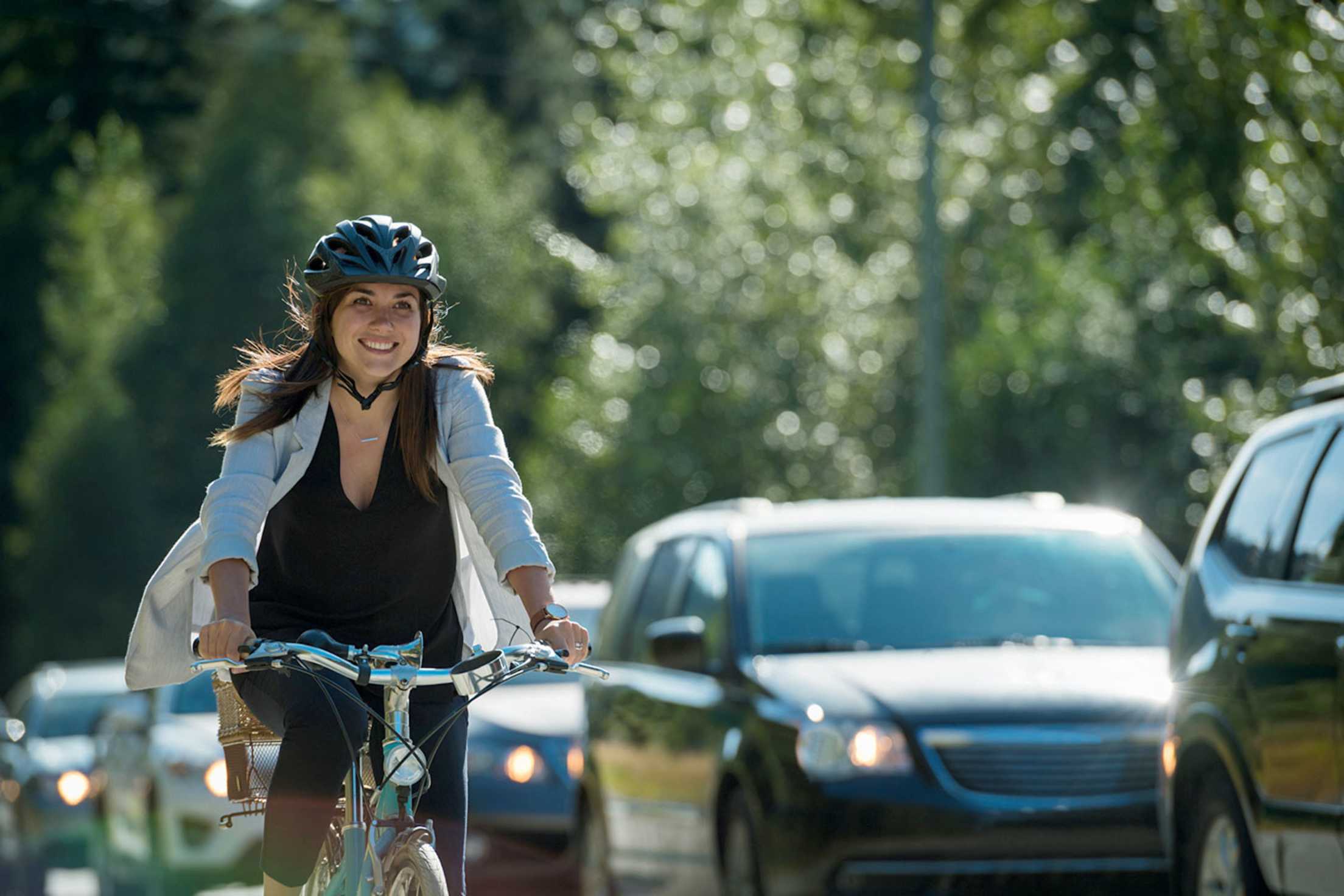
Stay alert to protect pedestrians and cyclists.
11. Share the road.
Pay close attention to pedestrians and bicyclists. Protect them by staying alert, giving them a wide berth, and passing only when safe and necessary. When exiting your vehicle after parallel parking, avoid "dooring" a moving bicycle by doing the Dutch reach: Instead of opening the door with your left hand, reach over to use your right hand while twisting a bit to look behind you for approaching cyclists.
12. Know how to park.
"Parking lots can be a nightmare," says Van Tassel. "There's huge potential for conflict." He suggests parking away from clusters of other cars whenever possible, to maximize visibility when you're backing out. Better yet, back in: Parking with the front of your car pointing into the lane means better visibility when you're leaving. Parking far from the crowd also means you won't accidentally ding someone else's door when getting out. More parking tips: Stop to let others back out. Don't park in non-designated spots. Don't have someone stand in an empty space to save it. And never steal a spot when someone has been waiting to turn into it. Parallel parking along a curb? Leave room for others to park on the street, too. The California DMV suggests you keep two feet between your car and those in front and back.
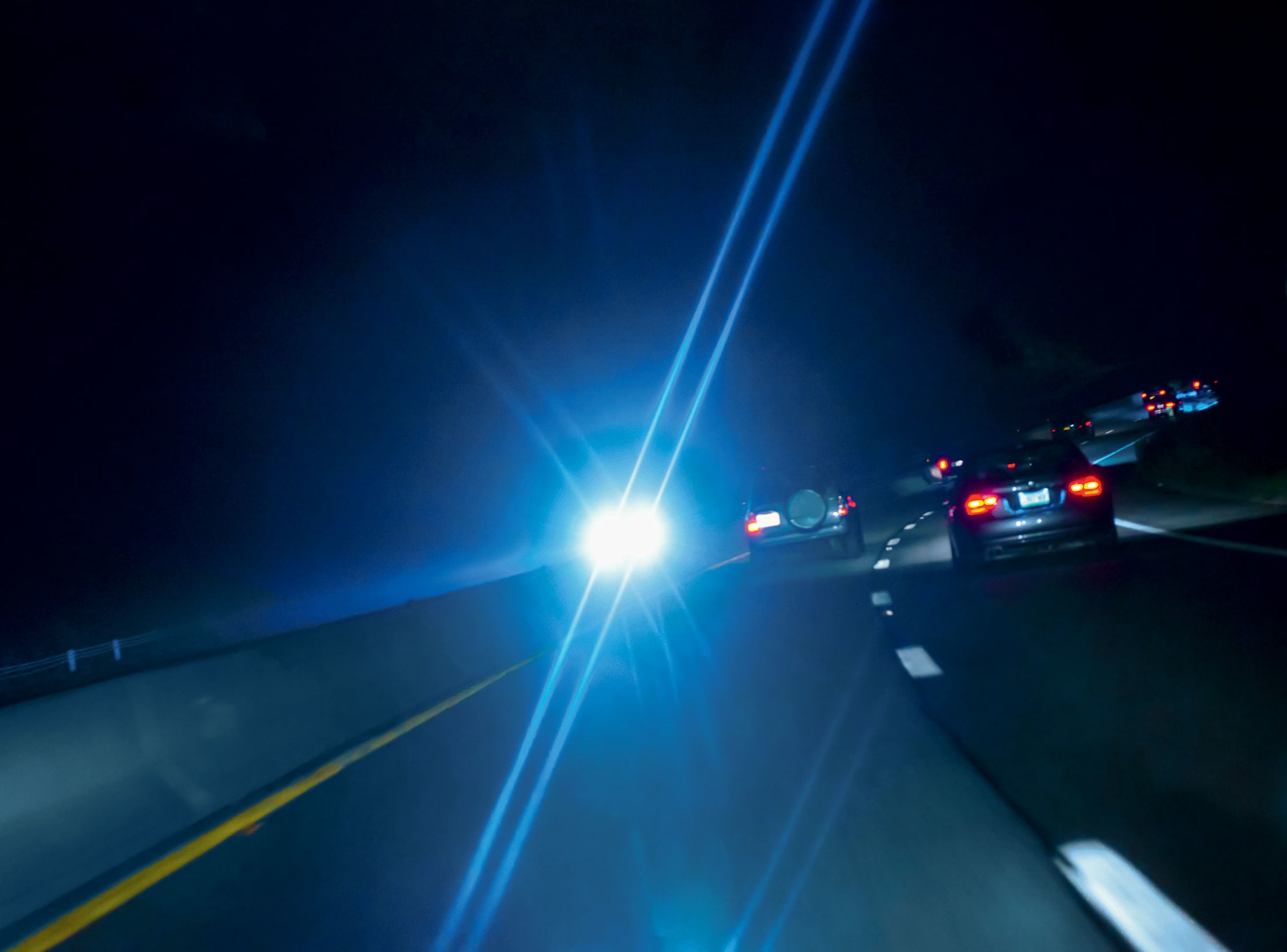
Lower your high-beams to improve visibility for oncoming traffic.
13. Turn down the lights.
By improving visibility, high beams can make driving at night much safer. But you should always lower the lights for oncoming vehicles and for others in close proximity. In that last case, your lights can reflect in the driver's rear-view mirror and impair their ability to see.
14. Manage your temper.
This one may be more easily said than done. But aggressive, angry driving is a leading cause of car crashes. So do whatever it takes to keep your cool: Pull over, take deep breaths, listen to something soothing, and remember that, like you, other drivers are only human. If another driver does something that frazzles your brain, try to compassionately imagine some good reason why he might have done it. Is someone tailgating you? Perhaps she's on her way to visit a sick relative in the hospital. Also, remember that anger is as contagious as kindness. Your actions ripple through the world. "If you must gesture when you're frustrated," says Van Tassel, "keep your hands below the dashboard. Anything that's visible should be nice." Should you encounter a driver with road rage, don't respond. Avoid eye contact, stay in your car, and try to reframe the incident as an opportunity to practice patience and compassion. You never know what someone else is going through.
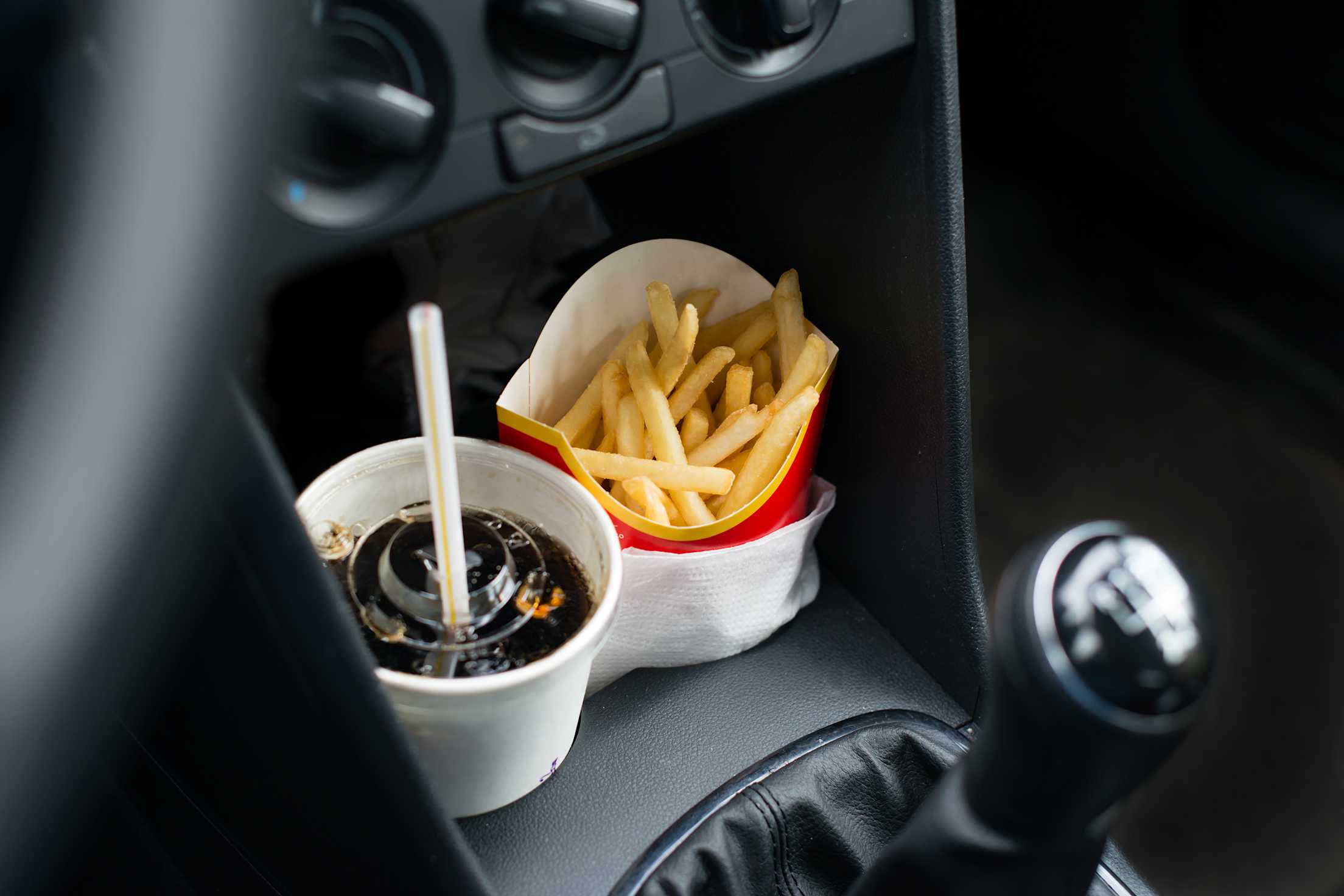
Never litter. Save your trash in the car to throw away later.
15. Keep trash in.
Don't be a litterbug. Cigarette butts flicked out of windows start wildfires. Garbage flying out of cars can cause collisions, spread disease, and even kill animals. "Plan ahead by bringing a plastic grocery bag along to be your trash can," advises Van Tassel. "Keep it in the car and throw it away later."
16. Maintain your vehicle.
A well maintained car is safer for you and it can help everyone else on the road, too. Breakdowns can cause traffic jams or even crashes. If nothing else, any car that drips oil or coolant onto the street (and from there into storm drains) is making the world a dirtier place. So take your trusty ride in for regular service, and if issues come up, address them promptly.
Smart Tip: AAA Members get 10 percent off labor at AAA Approved Auto Repair shops, plus a two-year warranty on every fix.
Courteous driving can lead to fewer collisions, which in turn can mean lower insurance rates.